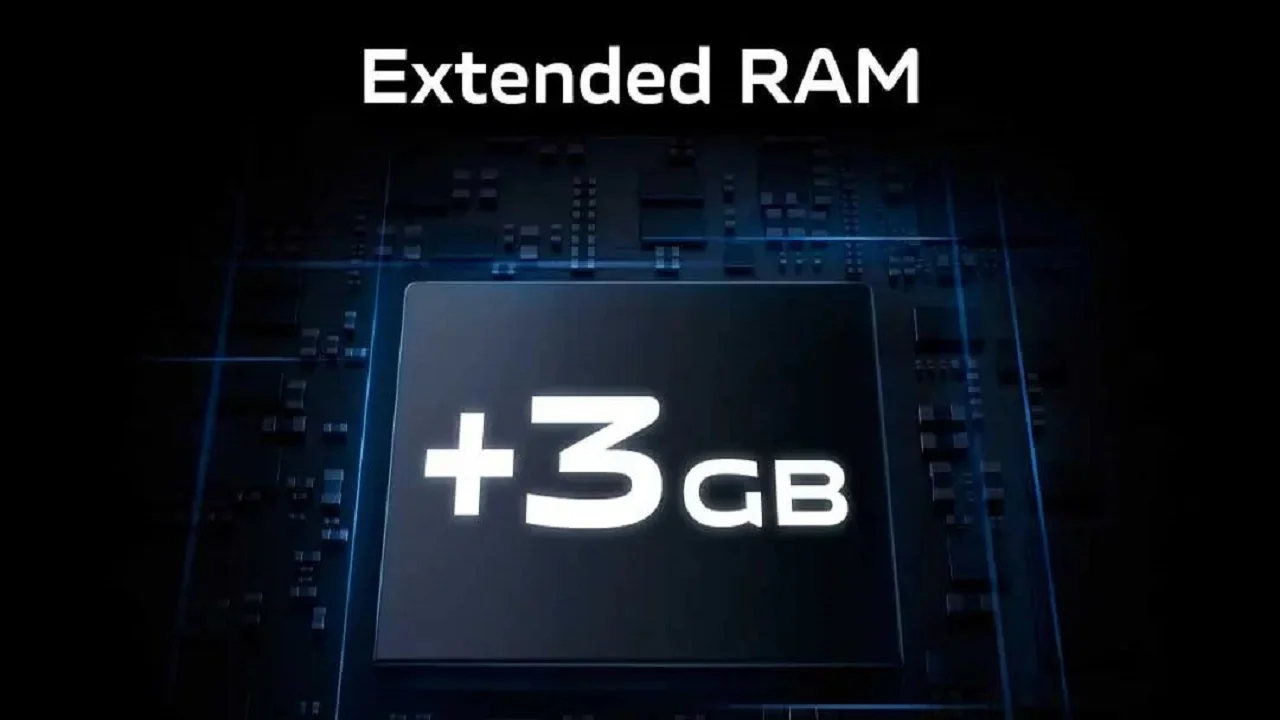In the ever-evolving smartphone industry, manufacturers continually push boundaries to provide better, faster, and more efficient devices. One trend that has emerged in recent years is the inclusion of higher RAM capacities in budget smartphones. These phones, often equipped with 6GB to 8GB of RAM, claim to offer superior performance and multitasking capabilities. But does this increase in RAM actually improve the user experience, or is it simply a marketing strategy to catch the attention of consumers? Let’s delve deeper into whether excessive RAM in budget smartphones is a genuine performance booster or just a gimmick.
What Does RAM Do in a Smartphone?
Before diving into the specifics of how RAM impacts performance, it’s important to understand the role of RAM in a smartphone. RAM (Random Access Memory) is temporary memory that stores the data and applications currently in use. Unlike internal storage, which stores apps and files for the long term, RAM allows for quick access to open apps and processes, enabling smoother multitasking and faster app switching.
The amount of RAM in a device can influence how many apps it can handle simultaneously and how quickly tasks are completed. More RAM theoretically means that a smartphone can run more apps at once without slowing down, but the key question is how much RAM is necessary for budget devices to function effectively.
Performance Implications in Budget Smartphones
In budget smartphones, manufacturers often boast about the inclusion of 6GB to 8GB of RAM, implying that this added memory results in better performance. However, the reality is more nuanced. The performance boost that comes from additional RAM is often constrained by other factors like the processor and software optimization.
Processor and RAM Compatibility
While higher RAM in budget phones may sound appealing, it’s essential to consider the processor that powers these devices. Budget smartphones are often equipped with entry-level processors that may not be capable of utilizing the full potential of 6GB or 8GB of RAM. For instance, the Tecno Spark 30, which comes with 8GB of RAM paired with the MediaTek Helio G91 processor, might not offer a noticeable performance improvement compared to a device with 4GB of RAM and the same chipset. This is because the Helio G91 is not a high-performance chip, and its ability to handle multiple tasks effectively is limited.
In contrast, even flagship devices like the iPhone 13 come with just 4GB of RAM, yet they consistently outperform budget devices with more RAM due to the efficiency of Apple’s A15 Bionic chip and software optimization. This highlights that the combination of high-quality hardware and software is far more important than simply having a larger amount of RAM.
Diminishing Returns of RAM
There’s a phenomenon in technology known as diminishing returns, which suggests that after a certain point, adding more of something yields smaller and smaller benefits. In the case of RAM, once a device has sufficient memory to handle everyday tasks like web browsing, social media, and email, adding more RAM doesn’t necessarily result in significantly better performance. For instance, a smartphone with 6GB of RAM will perform similarly to one with 8GB for most common tasks. Beyond this point, the added memory doesn’t make much difference in day-to-day operations.
Other Performance Factors
When considering the overall performance of a smartphone, RAM is just one piece of the puzzle. Factors like processor speed, GPU capabilities, and the optimization of the operating system all play a significant role in how smoothly a phone operates. Therefore, it’s important to assess these factors collectively rather than focusing solely on the amount of RAM.
Potential Drawbacks of Excessive RAM in Budget Phones
While more RAM might seem like a good idea, it’s essential to consider the potential drawbacks, particularly in budget smartphones.
Increased Power Consumption
One of the key issues with adding excessive RAM is the increased power consumption. More RAM requires more energy to operate, and this can lead to reduced battery life. In budget smartphones where the battery may already be smaller, this can result in an unsatisfactory user experience, as the phone could require more frequent charging despite having higher RAM capacity.
Increased Production Costs
Budget phones are, by definition, designed to be affordable. However, adding more RAM increases the production costs of the device. To compensate for these additional costs, manufacturers might have to cut corners in other areas such as camera quality, build materials, or display quality. As a result, consumers may end up paying more for a smartphone with excess RAM but compromised features in other crucial areas.
Imbalanced Performance
When excessive RAM is paired with a weaker processor or outdated hardware, the smartphone can end up with an imbalanced performance profile. The processor may not be able to fully utilize the extra RAM, leaving the user with a phone that performs poorly despite the large memory capacity.
Does More RAM Really Matter?
Marketing Gimmick or Genuine Upgrade?
In most cases, the push for higher RAM in budget smartphones is more of a marketing gimmick than a functional upgrade. Manufacturers emphasize the amount of RAM to make their device seem more powerful and competitive in the market, but this can mislead consumers into believing that higher RAM is a sign of better overall performance.
As mentioned earlier, the effectiveness of RAM is dependent on other factors such as the processor, GPU, and software optimization. If these components aren’t up to par, the extra RAM won’t provide the expected improvements.
Efficient Software Optimization
Instead of focusing on providing excessive RAM, smartphone manufacturers could invest more in optimizing software to make the most of the available memory. Devices that efficiently manage resources tend to perform better with less RAM compared to those with a higher RAM capacity but inefficient software.
A Balanced Approach
A more balanced approach to smartphone specifications is necessary for budget devices. Manufacturers should focus on providing sufficient RAM for multitasking, but not excessively so. A well-balanced smartphone with adequate RAM, a good processor, and optimized software is likely to provide a better overall experience than a device with inflated RAM specs but other compromised features.
FAQs
1. Does more RAM always improve smartphone performance?
No, while RAM is important for multitasking and app switching, other components like the processor and software optimization are just as critical to performance. Excessive RAM may not improve performance if the other hardware cannot keep up.
2. Can a budget smartphone with 8GB of RAM match a flagship phone in terms of performance?
Not necessarily. Flagship phones tend to have superior processors, GPUs, and software optimization, which allow them to perform better even with less RAM than budget smartphones.
3. Is 6GB of RAM enough for a budget smartphone?
Yes, 6GB of RAM is generally sufficient for most tasks in a budget smartphone, such as web browsing, social media, and light gaming. Excessive RAM beyond this point doesn’t necessarily translate into better performance.
4. Why do manufacturers focus on higher RAM in budget smartphones?
Higher RAM is often used as a marketing strategy to make the phone appear more powerful and competitive. However, this doesn’t always result in better performance if other components are not up to standard.
5. Should I choose a smartphone based on RAM?
While RAM is an important factor, it’s crucial to consider the overall balance of specifications. A phone with a good processor, adequate RAM, and optimized software is more likely to offer a better user experience than one with excessive RAM but weaker components.
Conclusion: The Bottom Line
The inclusion of 6GB to 8GB of RAM in budget smartphones is often more about marketing than actual performance improvement. For budget devices, having adequate RAM is important, but it’s just one piece of the puzzle. The processor, GPU, and software optimization also play key roles in determining overall performance. In many cases, consumers should focus on a well-balanced device rather than getting swayed by the RAM number. The trend towards excessive RAM in budget smartphones is often a result of manufacturers trying to appeal to consumers’ desire for “more,” but in reality, it may not deliver the promised benefits.
SEE ALSO
https://flarenews.pk/2024/12/24/privacy-vs-control-pakistans-new-vpn-rules/



